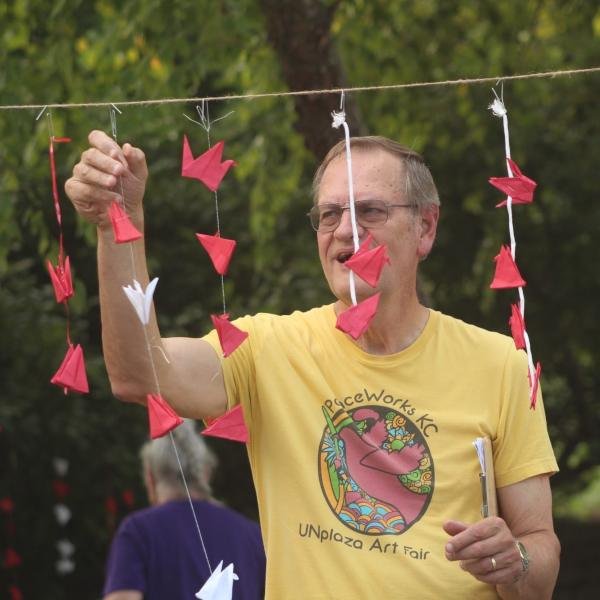Pity the bald eagle.
Yes, it’s enjoyed a recovery from near-extinction. But now it faces obsolescence, replaced by a modern “national bird”—the armed drone.
Whereas the bald eagle may range over thousands of acres, its metallic counterpart can easily reach out thousands of miles to “tap” (or even “double tap”) its prey.
Yes, amazingly, the bald eagle can soar to heights of several hundred feet and swoop down at great speed. But the new national bird has an integrated web of satellites circling the globe miles high, to rain instant laser-guided death from above.
And then there’s the matter of visibility. While bald eagles can be sighted only in parts of North America, stirring emotions of patriotic pride, the new national bird is gaining recognition world-wide, striking fear as a symbol of US military reach (and overreach).
A new film documentary, National Bird, highlights the way armed drones have increasingly become the symbol of the United States and its commanding military presence throughout the world.
One of the three former drone personnel featured in the film is whistleblower Lisa Ling, who served in the military for 20 years and spoke in Kansas City March 12 at All Souls Unitarian Universalist Church.

“Drones are terror,” she said, describing how a visit to Afghanistan opened her eyes to the human cost of the drone program. “If you’re a child gardening with your grandmother in Afghanistan and hear the click-click of a drone, you don’t know when you or your loved ones may be dead. 24-7, you’re afraid of the sky.” The number of civilian deaths from drone strikes is under-reported, Ling said, because persons in proximity to alleged or actual combatants are deemed to themselves be targetable terrorists.
Ling said that she was very hospitably received by her Afghan hosts. “I think the drone program is unforgivable,” she said, “but my hosts forgave me, even though I didn’t ask them to. What they did ask was, ‘Could you please stop killing our Afghan civilians?’”
Drone operators, Ling said, are a very small part of the overall drone program. She herself served as a United States Air Force technical sergeant and was told on receiving her honorable discharge that her work helped identify more than 121,000 targets in two years. She now describes that work as “hunting humans,” saying that she, and many other drone personnel, bear the burden of war. “I lost part of my humanity” in the drone program, she said, noting that one of her colleagues had committed suicide.
Ling strongly stressed that military bases are not the best targets for peace activists. Many of the “dronies,” drone operators, she said, were young and just looking for a way to better themselves or support their families. A better target for activism, she said, would be corporations that hugely profit from drone warfare, and legislators who approve drone funding.
In speaking to her All Souls and PeaceWorks audience, Ling urged the peace activists to become fully informed so their actions would not have unintended consequences, and stressed that today’s activists need to move beyond 1960s approaches to find new, unpredictable strategies not easily neutralized. Many of the efforts used after the Vietnam War are no longer applicable today because of how well they worked then; countermeasures now dilute those steps, said Ling. “The most important thing is that we all need to start talking about military drone warfare to remove this topic from the shadows. We are all only as sick as our secrets.”
—Jim Hannah belongs to the PeaceWorks, KC, board.
Note: Perhaps the U.S. should reconsider Benjamin Franklin’s recommendation that the wild turkey be the national bird. At least it’s not a predator…!


